Simple, hearty and warm, shepherd’s pie is everything you need in a cold-weather comfort food – an uncomplicated dish to fill the belly and nourish the soul when the wind whips through the trees, rain lashes at the windows, and the sun hasn’t shown its face for days on end. There is, of course, no real art to this fuss-free fare, but as anything worth cooking is worth cooking well, we take a closer look at this British favourite and how to make it.
The Story
An honest peasant’s meal of minced meat and veggies topped with a layer of creamy mashed potatoes, shepherd’s pie is the kind of dish that seems like it’s been around since the very first hearth was built. However, it wasn’t until the late 18th century that references to the dish arise – or something like it. English clergyman James Woodforde writes in his diary about a “Cottage-Pye” he ate on 29 August 1791, for instance, mentioning that the meat in the dish was veal, while writer Maria Rundell published a recipe in 1806 for minced beef or mutton cooked with vegetables and gravy, and topped with mashed potatoes – though she called it “Sanders”. Generally referred to as cottage pie, the dish seems to have become common around this time as a frugal yet satisfying meal that, quite conveniently, put leftover meat to good (and tasty) use in a pie with a crust of highly affordable potatoes.
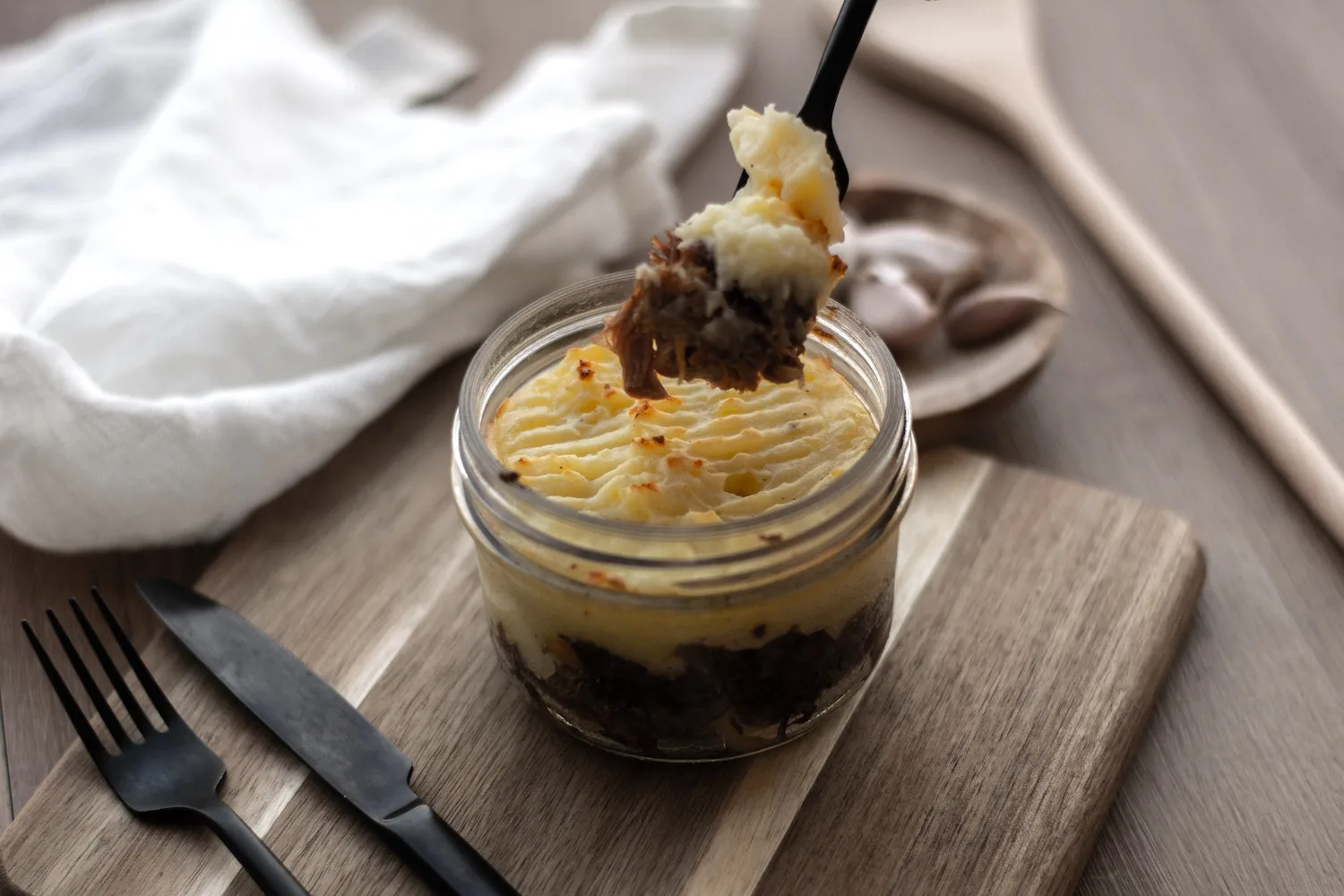
By the mid-19th century, the term shepherd’s pie’ had come into use as well, describing much the same dish, and it wasn’t until the 20th century that a clearer distinction came into focus: cottage pie is generally made with beef, while shepherd’s pie is made with mutton or lamb – hence the name.
The Basics
While shepherd’s pie is a simple and straightforward dish (that’s kind of the whole point), there are a few variations on the recipe to take into consideration, as well as subtle ways to elevate this humble meal.
The Veggies
A classic shepherd’s pie is based on a mirepoix: diced carrots, onions and celery sautéd in olive oil or butter. Many recipes, however, omit the celery and add garlic, while some rogue home cooks add peas or even mushrooms for that umami goodness.
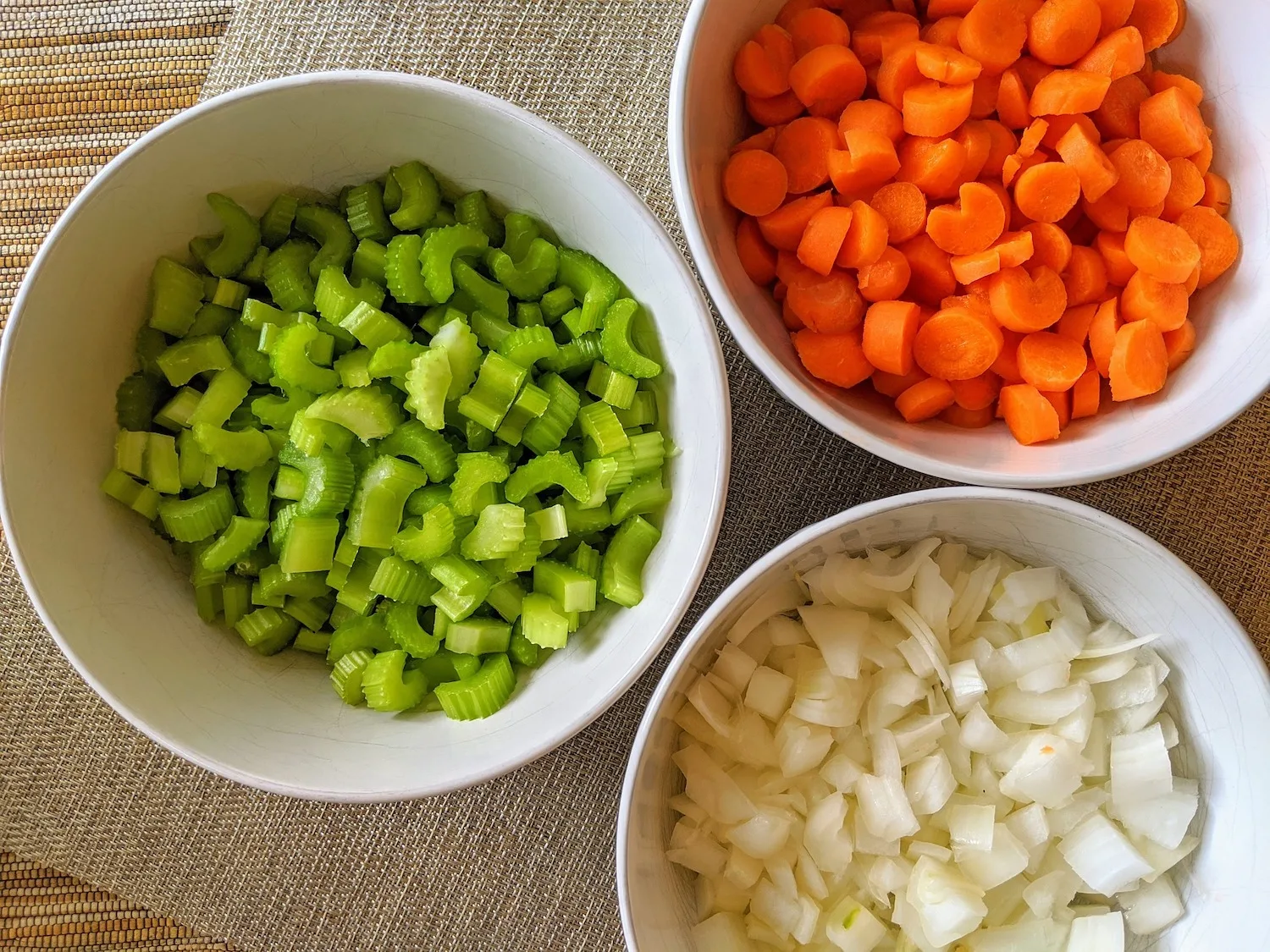
The Mince
As previously established, only mutton or lamb mince belong in a shepherd’s pie, and as the true star of the meal, it pays to go for the best quality you can find; connoisseurs recommend Black Welsh Mountain lamb, a breed whose meat is considered premium in the British Isles. Whatever you do, opt for a mince with about 20% fat content; any leaner, and you’re likely to end up with the dreaded dry shepherd’s pie.
The Gravy
The unsung sidekick of the dish, your gravy should add a moreish depth of flavour to your shepherd’s pie, so choose your ingredients wisely. Meat stock (ideally lamb, but beef will do), Worcestershire sauce and tomato paste appear in most recipes, and even if some advise using ketchup in the absence of tomato paste, we don’t recommend it. Don’t be afraid to embellish the gravy with a bit of red wine for complexity, or fresh herbs; rosemary and thyme are the perfect companions for lamb.
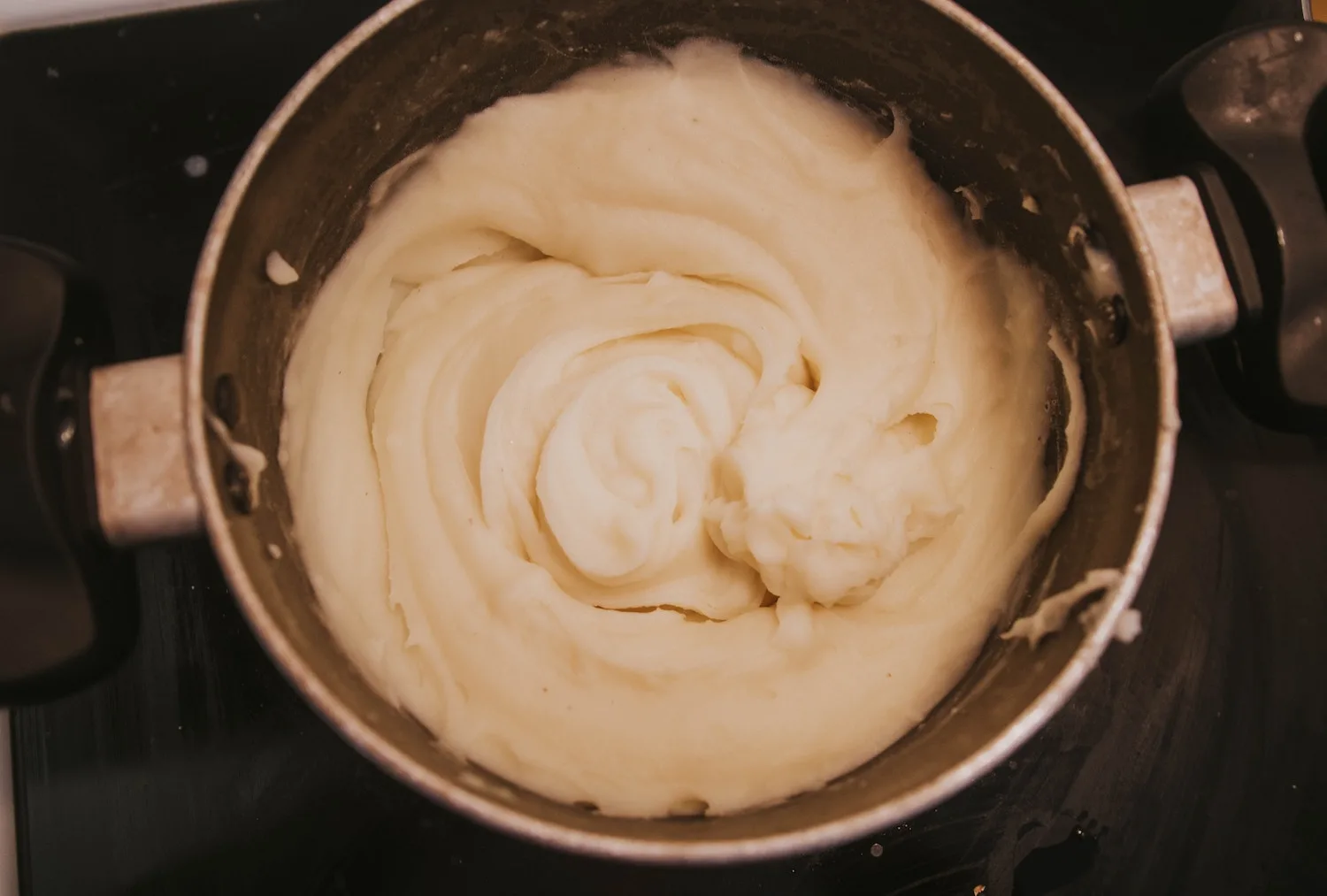
The Mash
Peel, boil, mash – how hard can it be, right? Don’t be fooled by the seeming simplicity of mashed potatoes, as there are a few wrong turns you could make here if you’re not mindful, as well as ways to add oomph to the dish, should you wish to do so. Take care not to overcook your potatoes to avoid them soaking up too much water and giving you a mushy, soupy mash; take it easy on the milk and butter for the same reason. Some chefs swear by adding ingredients like egg yolk or parmesan, to assist in creating that delicious golden crust on top, but simply crimping the top of the mash with a fork will do just fine. Sprinkling a layer of cheese, like cheddar, over the mash isn’t strictly traditional, but can be tolerated to raise the extra comfort food quotient.
The Recipe
Armed with this knowledge, you’re ready to get cooking! The easy, straightforward recipe below is the perfect place to start, and can be dressed up or down to your liking.
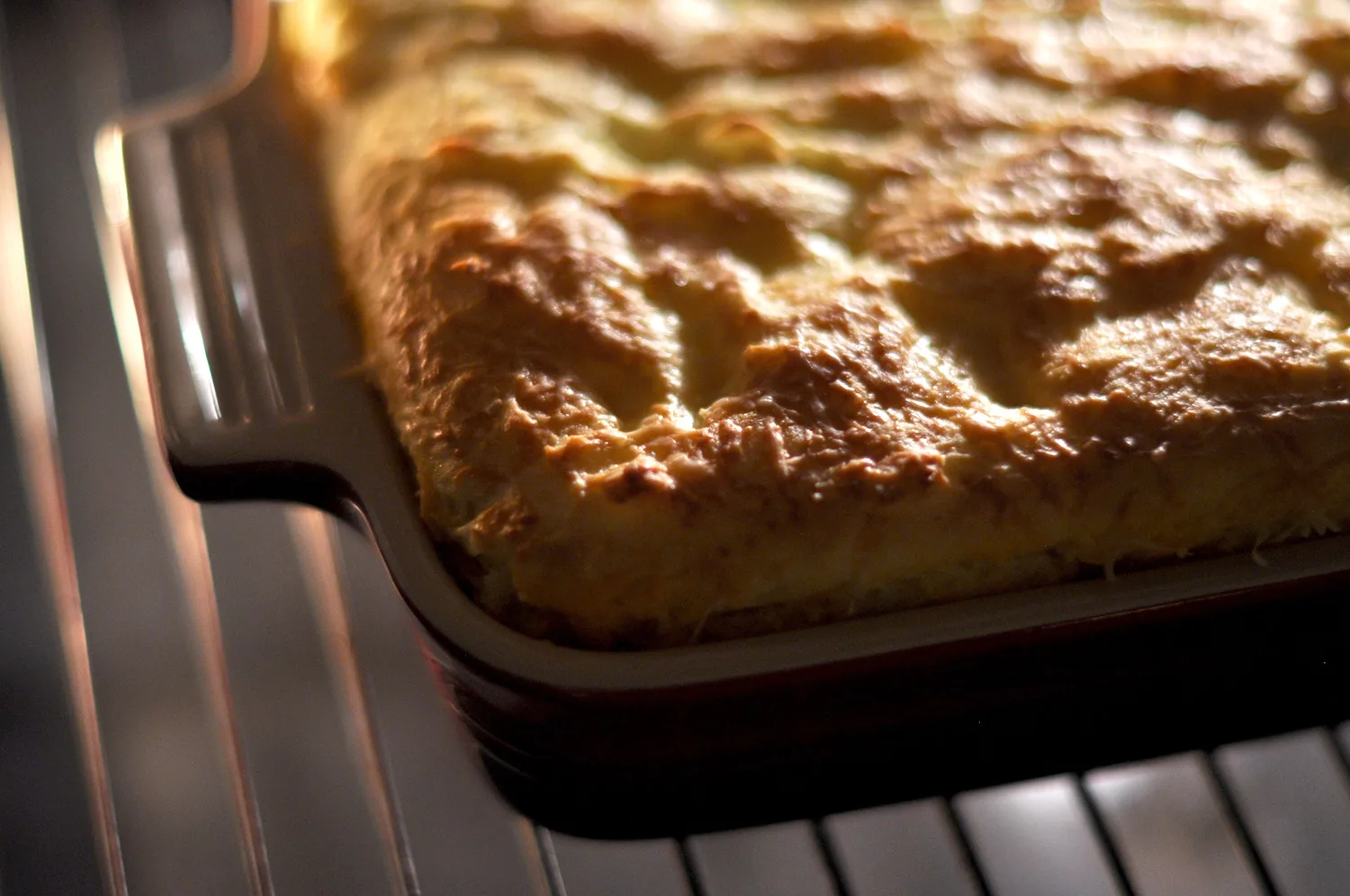
Simple Shepherd’s Pie
Ingredients:
1 tbsp oil (olive, sunflower, canola, etc.)
1 large onion, diced
2-3 medium carrots, peeled and diced
3 celery sticks, diced
500g pack lamb mince
2 tbsp tomato purée
large splash Worcestershire sauce
500ml beef or lamb stock (or 400ml stock and 100ml red wine)
2 sprigs each rosemary and thyme, leaves roughly chopped
900g floury potatoes, peeled and cut into chunks
85g butter
3 tbsp milk
Nutmeg, to grate
Method:
1. Heat the oil in a medium saucepan, and add the diced veggies. Sauté until tender but not overly soft, about 3-5 minutes.
2. Add the lamb mince and brown (alternatively, for a better sear, you can brown the meat in a separate pan before adding it to the sautéd veggies).
3. To the veggies and meat, add the tomato purée and Worcestershire sauce, frying for a few minutes and scraping the bottom of the pan occasionally to loosen the tasty bits. Add the herbs and meat stock (and wine, if using), lower the heat and allow to simmer, covered, for about 45 minutes to an hour. Remove the lid and allow to cook for a further 15 minutes. Remove from heat.
4. Meanwhile, heat the oven to 180°C (160°C with fan) and prepare the mash: bring the potatoes to a boil in a large quantity of salted water, and cook until tender (about 10-15 minutes). Drain very well, and mash with the milk and butter. Stir in a bit of grated nutmeg.
5. Spoon the mince mixture into an oven-safe dish, then cover with the mash, smoothing out the top. With a fork, create many grooves in the top of the mash. Bake in the oven for about 25-30 minutes, until the top is golden brown. Serve piping hot with side of greens.
Recipe adapted from BBC Good Food.
Photos:
Image at top by Jules/Flickr
Image above recipe by cyclone bill/Wikimedia Commons

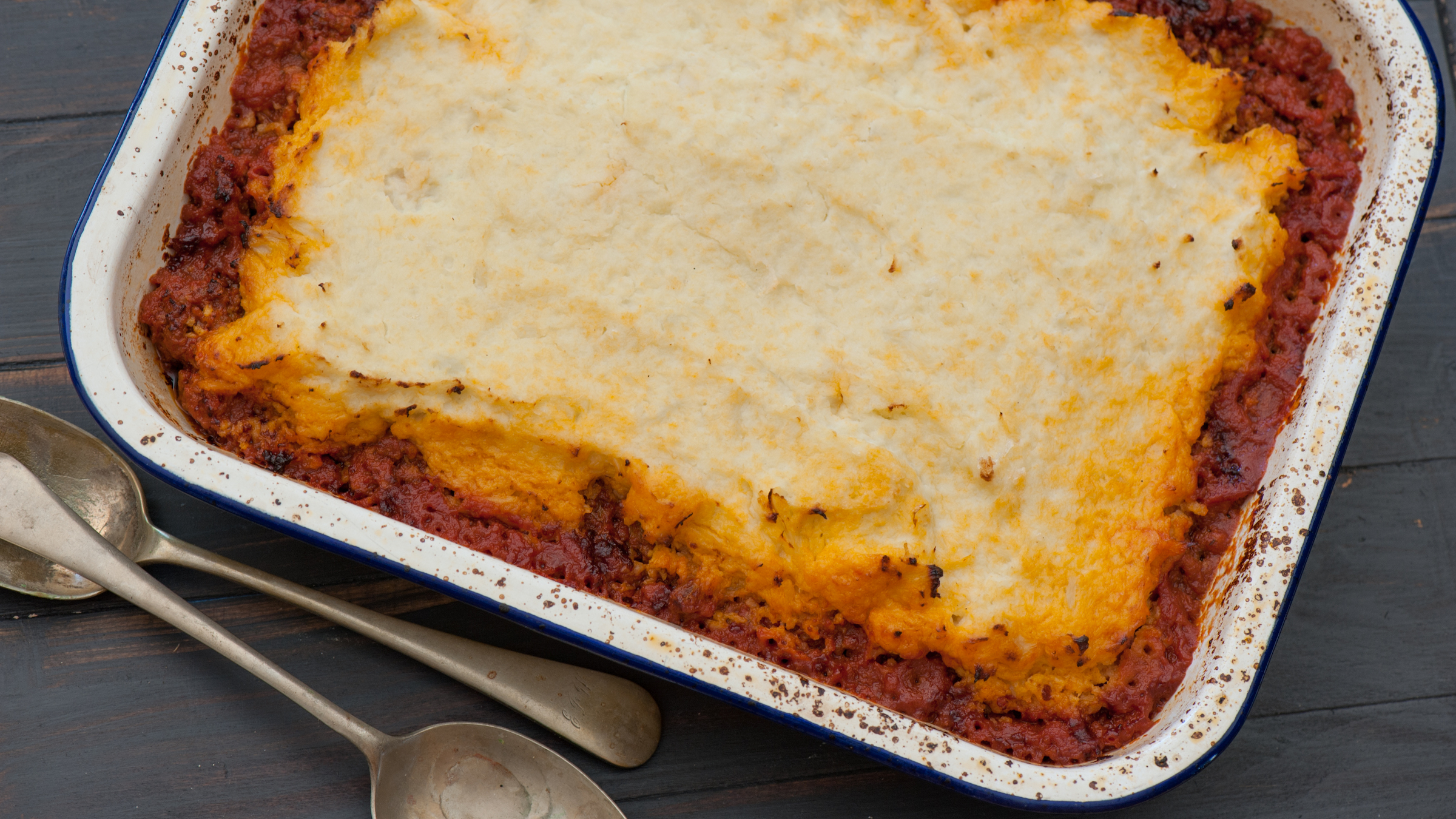












Sorry, the comment form is closed at this time.